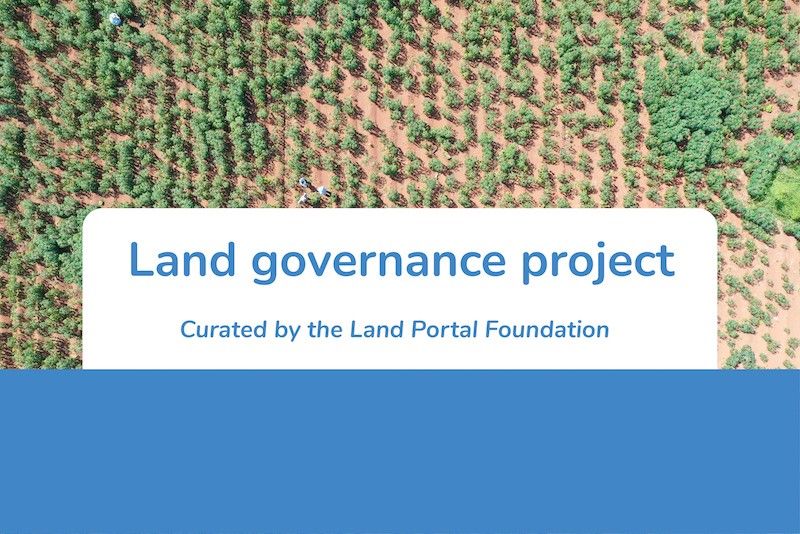Community / Land projects / CGIAR Initiative: Livestock, Climate and System Resilience
CGIAR Initiative: Livestock, Climate and System Resilience

€6995671.905
01/22 - 12/24
Actif
This project is part of
Implementing Organisations
Donors
Data Providers
General
Low- and middle-income countries (LMIC) require solutions that adapt livestock systems to climate change while improving nutritional security, reducing poverty, increasing social equity and socio-political security, without accelerating greenhouse gas emissions (GHGe) or degrading land, water, and biodiversity. Rangeland systems, home to 46% of ruminant production systems, face additional challenges to their long-term climate resilience, including land fragmentation and degradation, and long-term neglect (Herrero et al., 2016i; Ayal et al., 2018ii; FAO, 2018iii; Cervigni and Morris, 2016iv). Strategic, well-targeted action research can provide answers to the tough choices and tradeoffs as well as ‘investable’ solutions that attract policy attention and climate finance.
Facing a climate emergency, research must provide proven adaptive measures that safeguard and capitalize on livestock benefitsv. Livestock are essential to the income and livelihoods of almost 930 million poor Africans and South Asiansvi, especially in drylands, where livestock production is the most ecologically rational farming choicevii. Consuming animal-source foods (ASF) has positive impacts on our cognitive developmentviii and growthix, and animals are a critical safety net and source of income for women.
Livestock production is highly vulnerable to rising temperatures, erratic precipitation and increasing extreme eventsx. About US$311 billion in livestock production value (~40% of total) are exposed to various climate hazards, especially drought (88 billion US$), climate variability (84 billion US$) and heat stress (US$61 billion)xi. Dryland pastoral systems experience intensifying impacts from climate change and other forces (Herrero et al., 2016xii; Cervigni and Morris, 2016xiii). Climate is a threat multiplier, exacerbating existing risks and insecurities that may lead to further tensionsxiv and conflictsxv. This is important for livestock agrifood systems (LAFS), where conflicts on natural resources access, use and management (land, pasture and water) are a widespread concernxvi. Innovations such as improved and widely disseminated climate information services show promisexvii, but there is little experience using them in LAFS.
Research must also provide innovations that mitigate livestock climate impacts. Livestock cause ~15% of human-induced GHG emissionsxviii largely due to low feed efficienciesxix land use changexx, land degradationxxi and deforestationxxii. Land degradation in rangelands is a particular concern; while restoration offers opportunities for carbon sequestration, rangelands receive little attention compared with forests (CDKN, 2021xxiii; IISD, 2016xxiv; Andrieu et al., 2017xxv ; Haddad et al., 2021xxvi; Cervigni and Morris, 2016xxvii). Nearly 50% of LMICs prioritize livestock-actions in their Nationally Determined Contributions (NDCs) – national blueprints for climate actionxxviii, and some are developing livestock-based Nationally Appropriate Mitigation Actionsxxix (NAMAs), but implementation lags. Governments need technical support to access finance, implement programs and report mitigation achievementsxxx. These challenges apply equally to the private sector where large-scale production changes landscapes, and supply and demand shifts can provide major benefits and influence consumer behavior, yet evidence for the livestock sector is scarce, meaning that investment in resilient, low emissions (RLE) practices by private actors along livestock value chains is lowxxxi.


